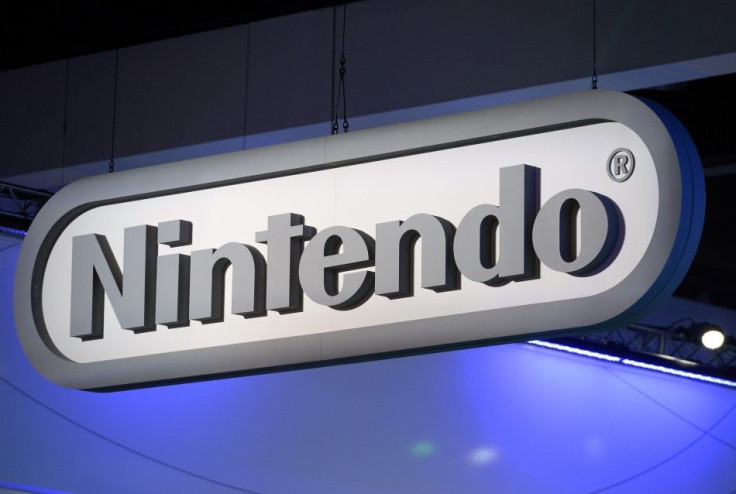Nintendo digital codes now available at Amazon

Nintendo’s scope of retailers range from brick-and-mortar stores to the Nintendo eShop, but the world’s largest online retailer seems to have only just joined the fray.
Amazon has begun selling a wide library of Nintendo games directly to buyers. As of Sept. 1, gamers can now purchase Nintendo games through the Amazon online store. The library of games include a selection of popular Nintendo Wii U, Nintendo 3DS and Virtual Console games. Amazon has also allowed the purchasing of downloadable content, or DLC, codes through its digital marketplace.
There are currently 61 digital codes for Nintendo games, some of which are the recently released “Super Mario Maker,” “Splatoon,” “Legend of Zelda: Majora’s Mask” as well as DLC packs for “Mario Kart 8.” The digital marketplace is also home to Nintendo classics such as “Yoshi’s Island: Super Mario Adventure 3,” “Legend of Zelda: The Minish Cap” and “Kirby: Nightmare in Dream Land.” Each game is offered at the full Manufacturer’s Suggested Retail Price, or MSRP.
To buy digital game codes, customers must first complete the transaction through Amazon. They will then be prompted to log into the Nintendo Network website. There, the code for the digital purchase will be automatically registered to the account, sending the game directly to the chosen console.
Before Nintendo’s sudden move to Amazon, gamers could already purchase digital codes for other gaming consoles. In fact, Nintendo is one of the last companies to sell digital codes, trailing behind both Sony and Microsoft. Previously, all Nintendo games could only be downloaded through the company's eShop.
The move to sell Nintendo digital codes on Amazon comes as a surprise to many as Amazon has reportedly been steering away from Nintendo. In a 2012 report by Kotaku, it was revealed that Amazon was the only retailer that did not directly sell Nintendo hardware such as the 3DS and Wii U. Instead, Amazon only sold Nintendo products through third-party distributors.
Both Amazon and Nintendo did not comment then on the issue, but previous rumours suggested that the rift between Amazon and Nintendo began when the former wanted a price cut on the Nintendo 3DS XL so it could be easier to sell, thus clearing room for new items in its inventory. Amazon reportedly contacted Nintendo several times regarding the suggested price cut, but the company refused to do so.
Contact the writer at feedback@ibtimes.com.au, or let us know what you think below.






